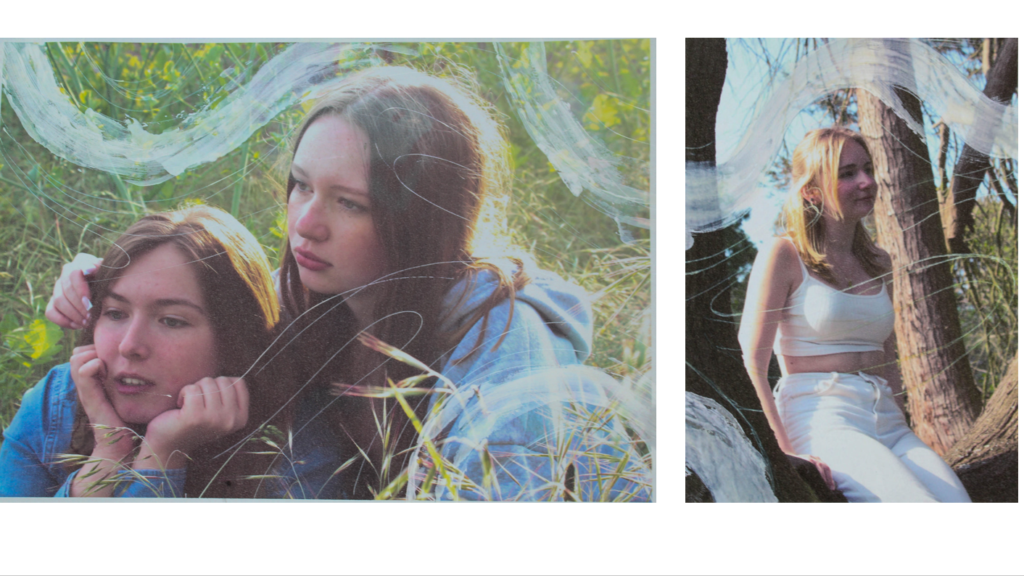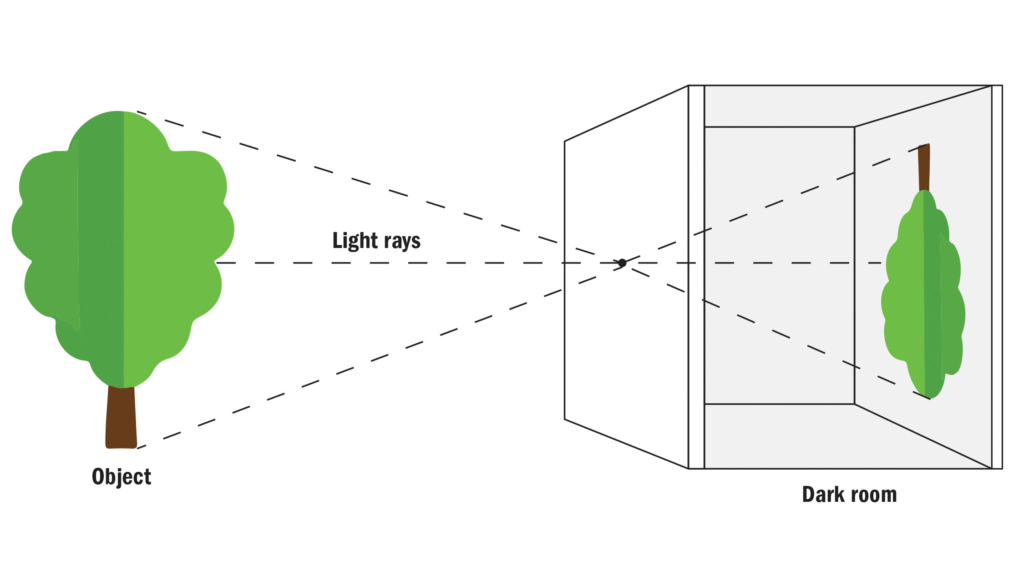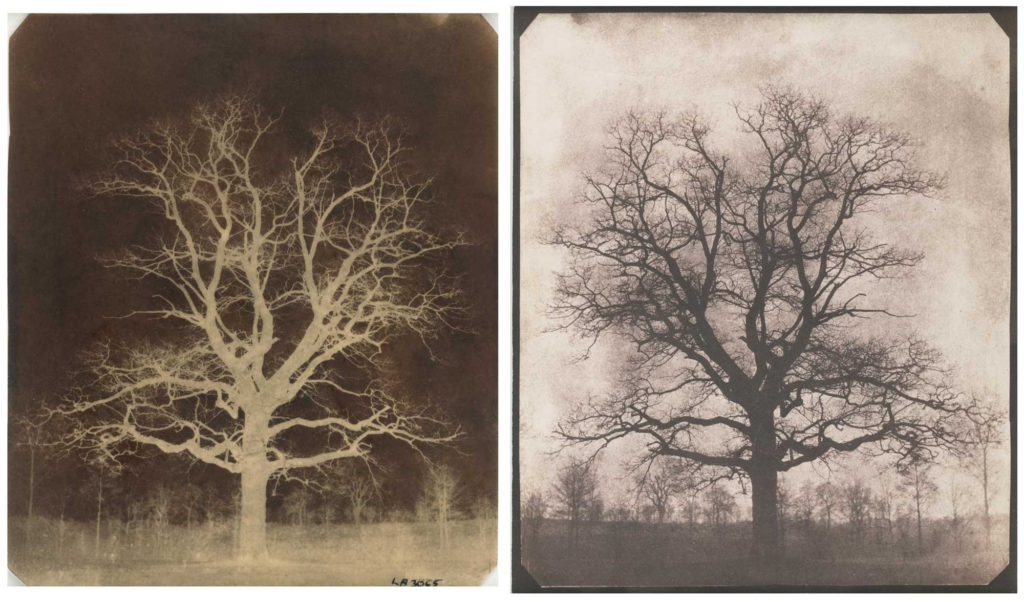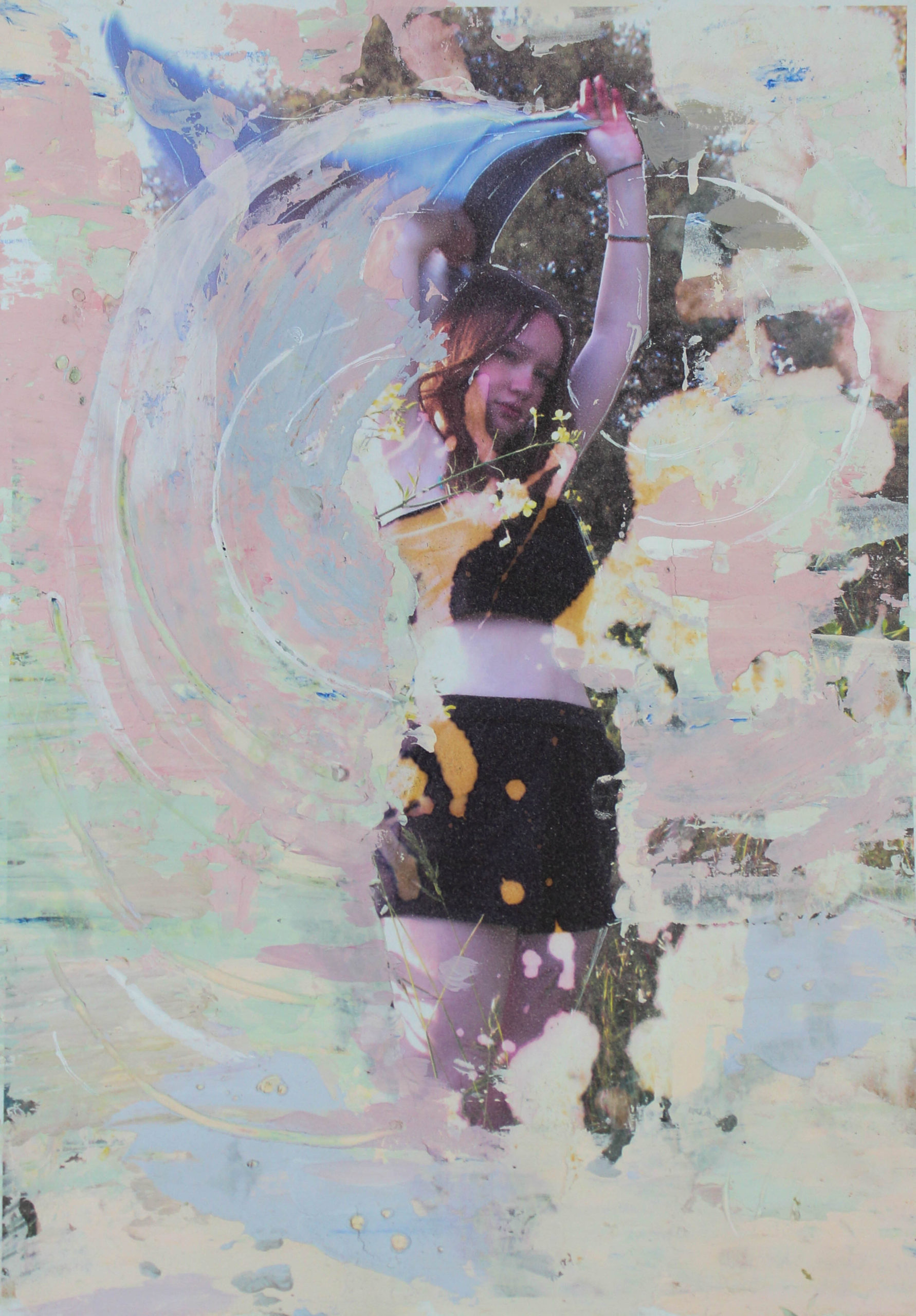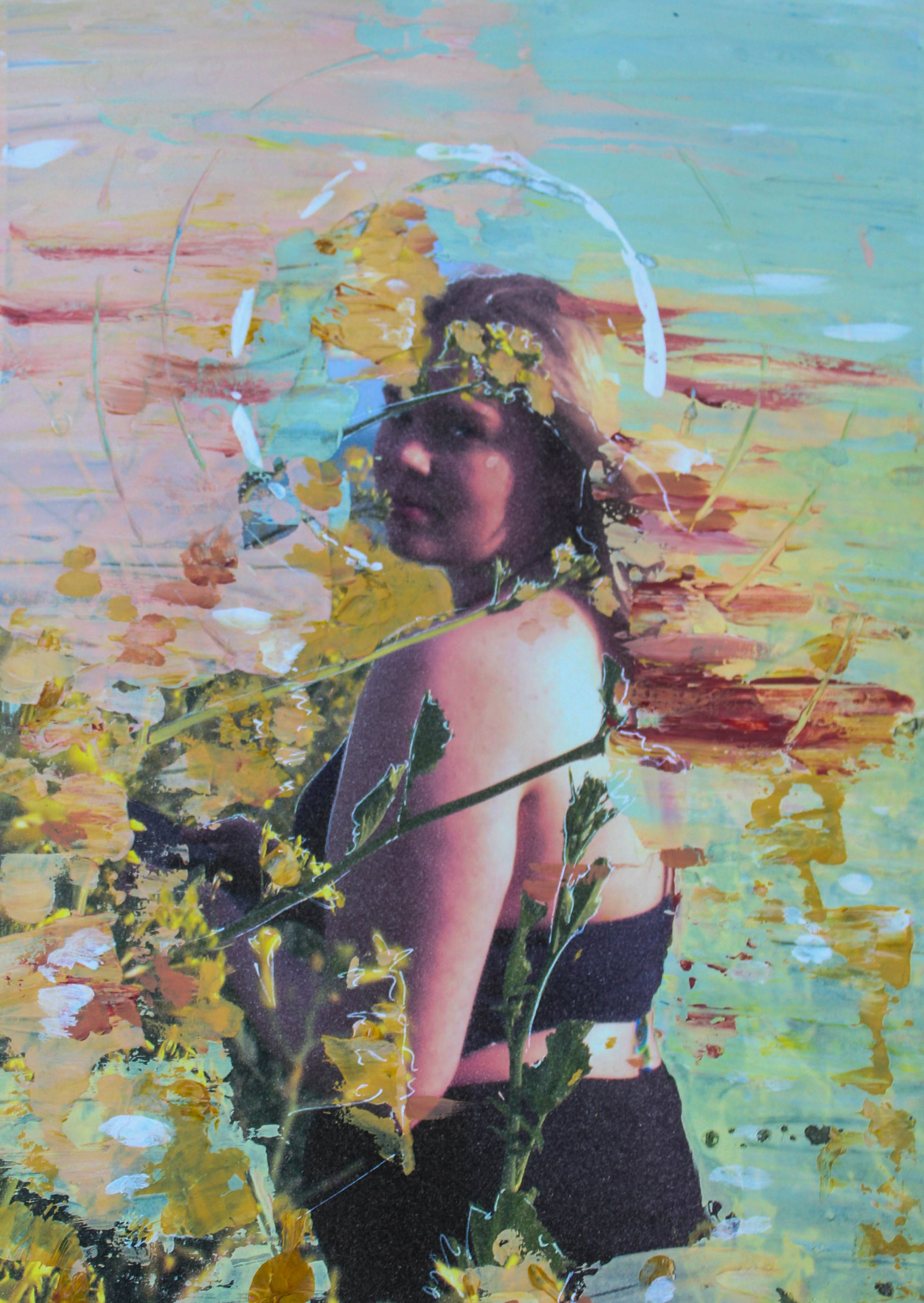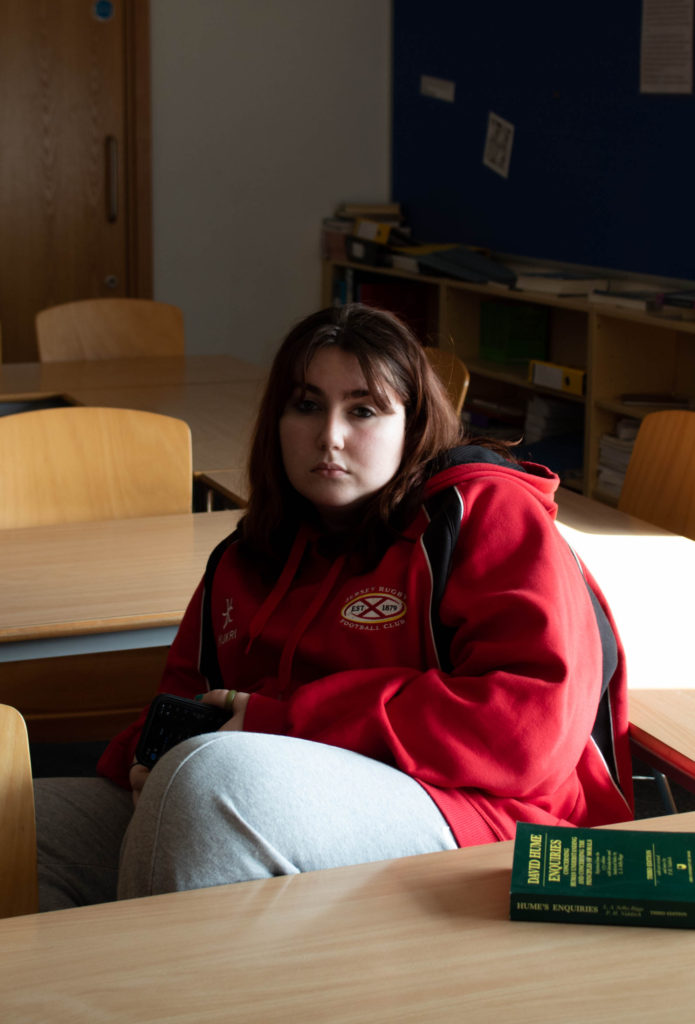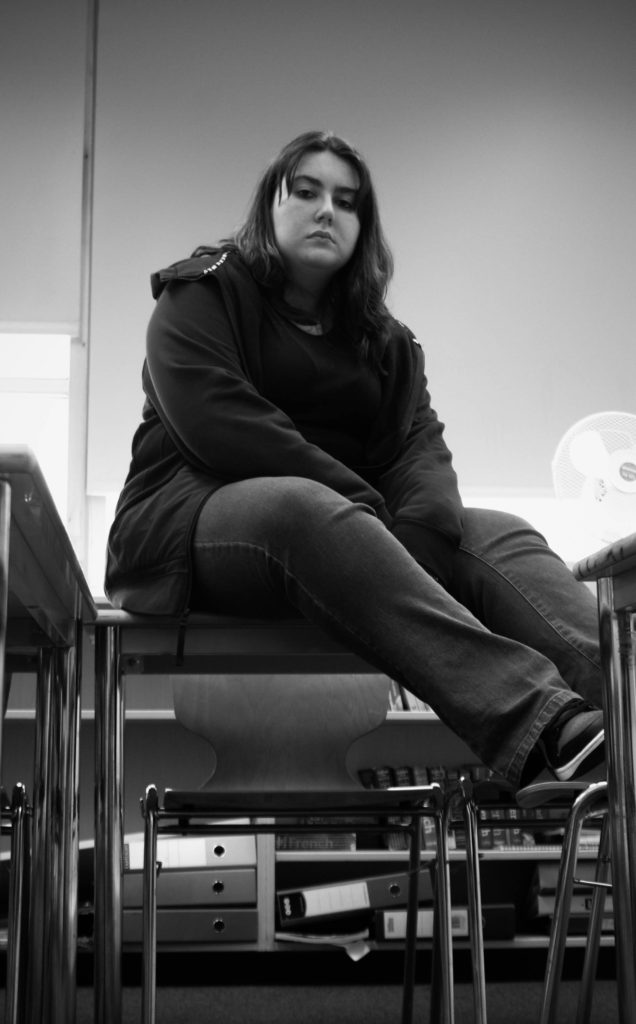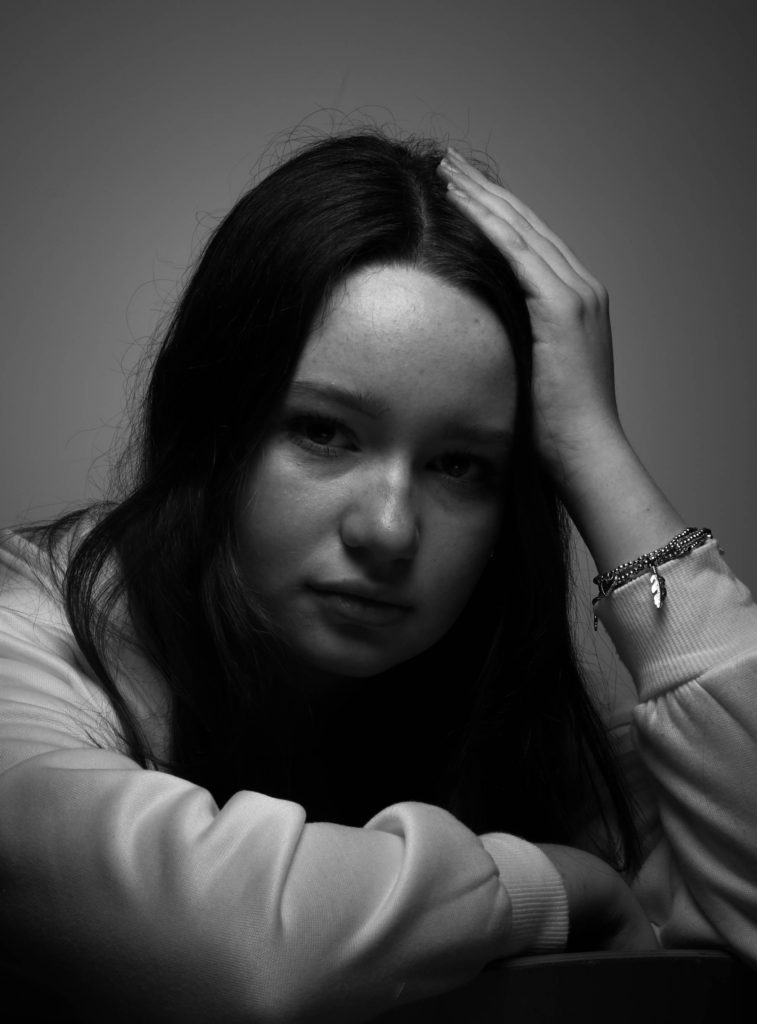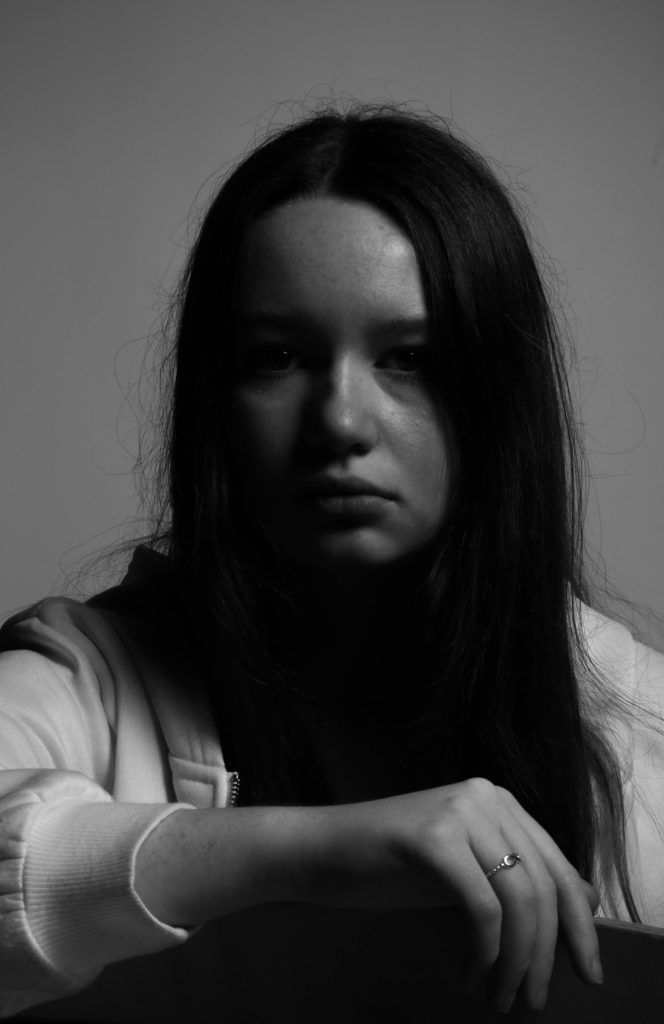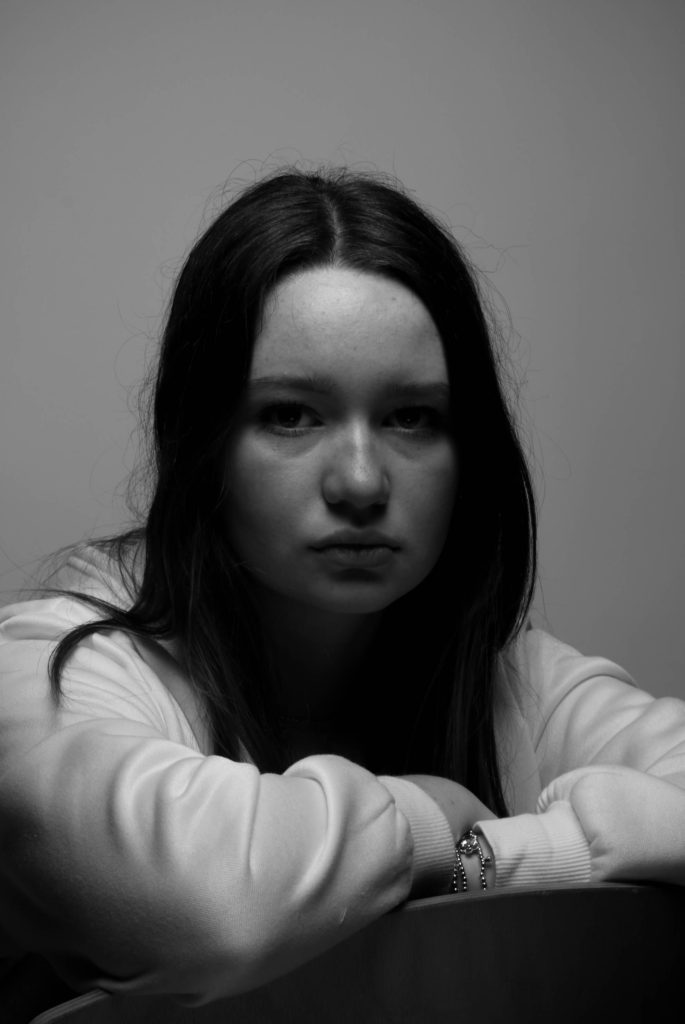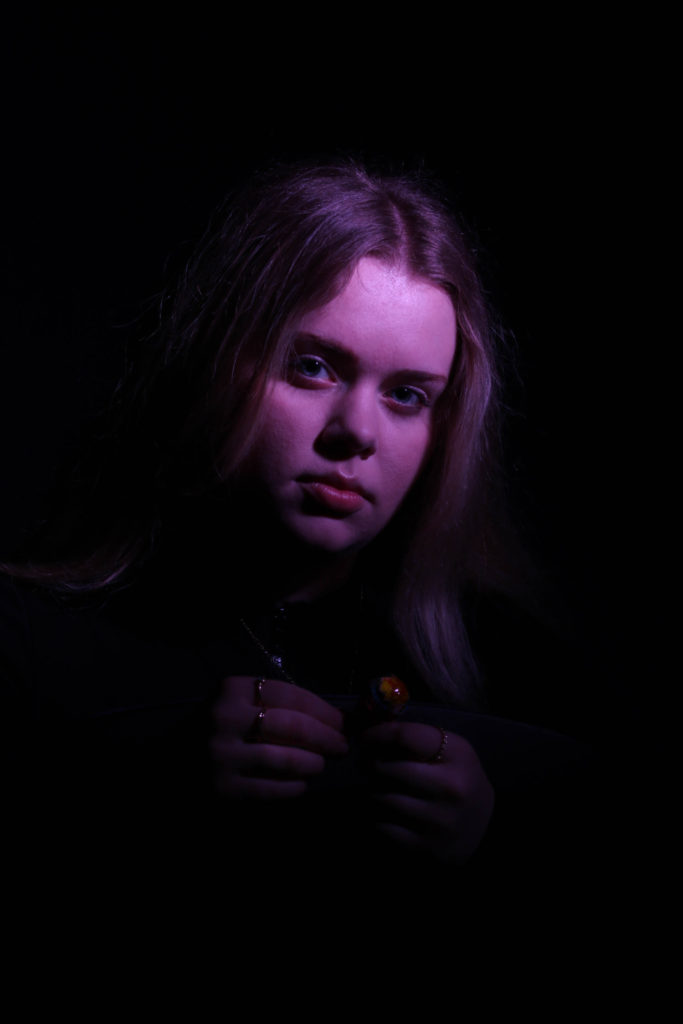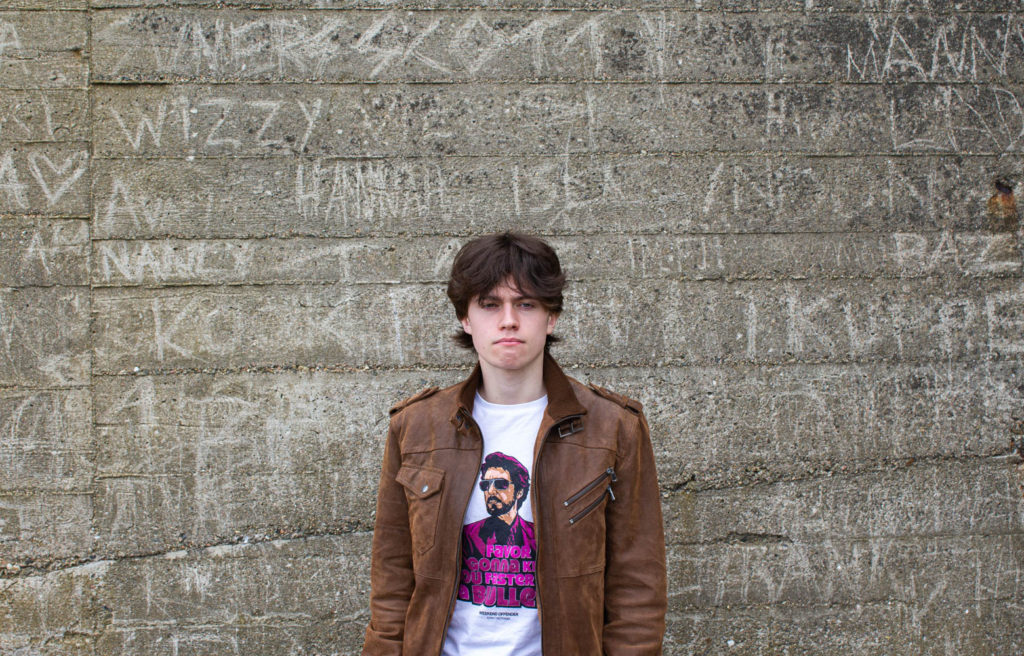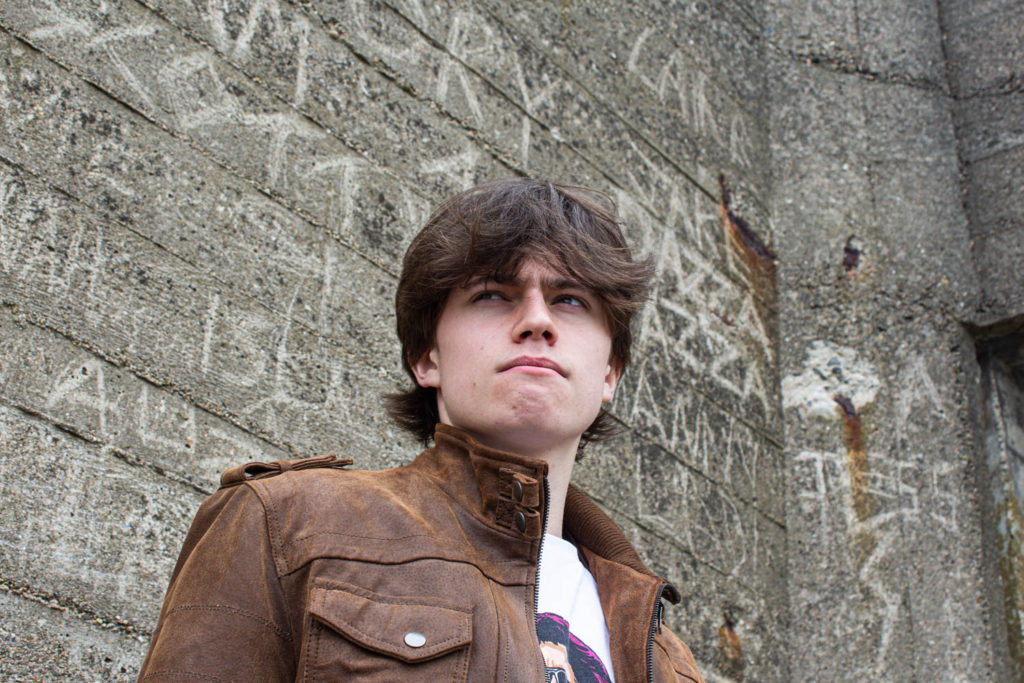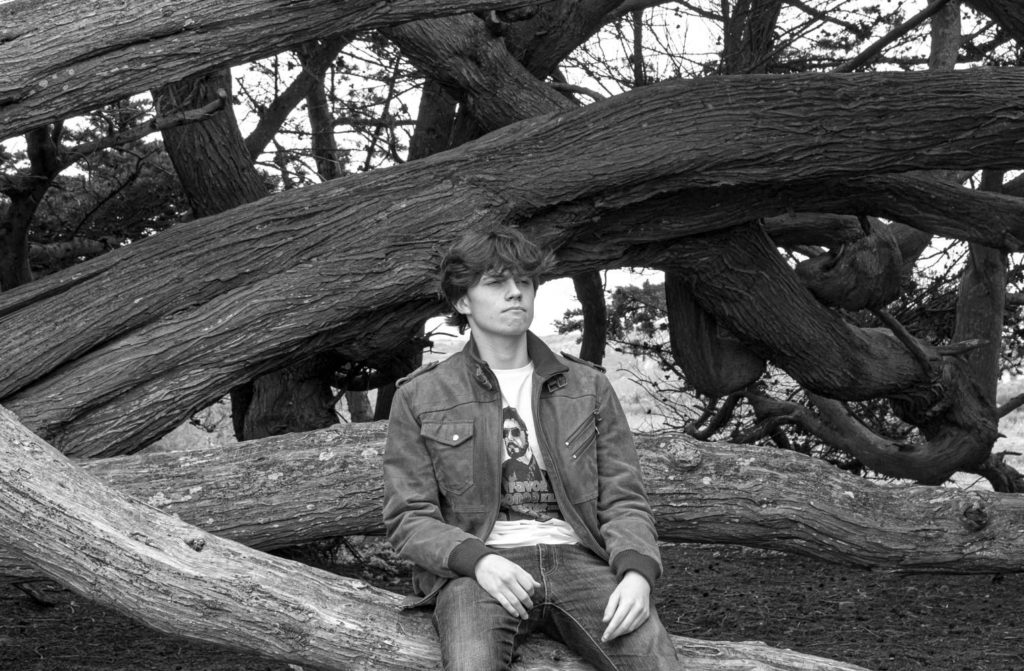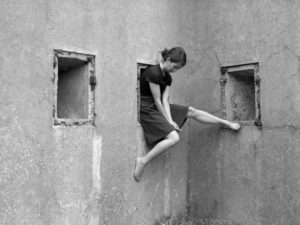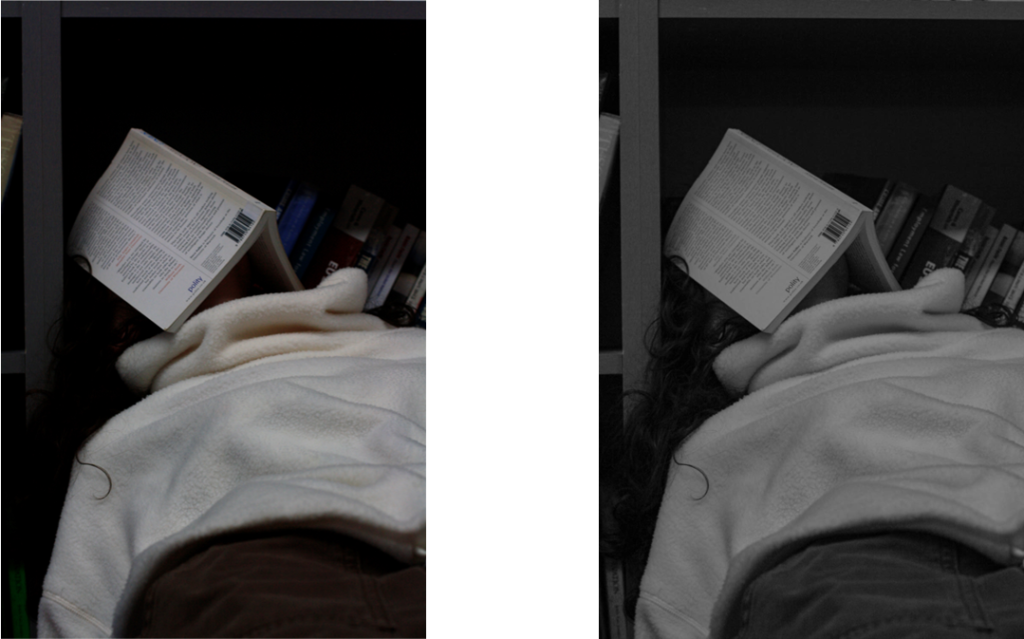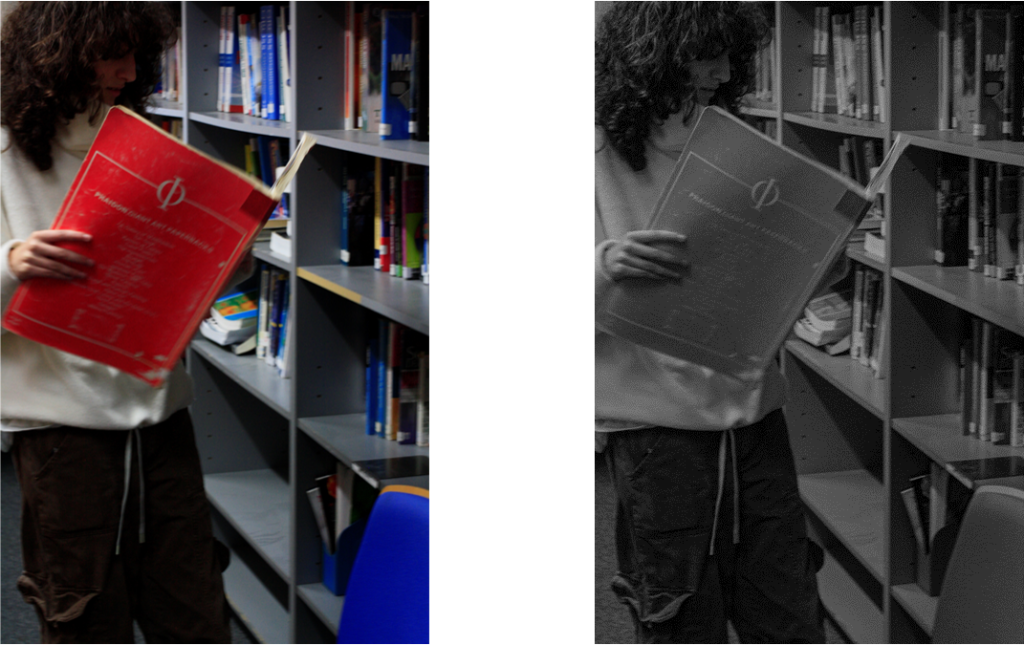I decided to make a virtual gallery featuring some of my best photos covering my Masculinity, Headshot, Studio and Environmental Portrait projects. Unlike last time, where I would take screenshots of the gallery template and edit my images into the frames later using photoshop. I actually instead made an account on the gallery website to create my own gallery to import my images in to showcase them on the walls. A much easier and quicker method I should’ve used in the first place:









Evaluation
Masculinity: I like my images on masculinity a lot. I feel they turned out very good in terms of sharpness and quality. I do feel I could have improved in quantity however and doing my Dijkstra inspired work too which I never got around to doing. But I’m still very happy with the photos I ended up with.
Headshots: I think these are one of my best photoshoots, I loved the overall quality these images turned out having. And the process of taking these photos was actually quite fun. The colours we used I think were very good combinations and lit up a perfect amount of the photos while still keeping them dark. Having three models is also very good in quantity too. I think editing them by covering the face of one image with another was very good too.
Studio: I really like these images as I feel they have really good quality. Jude’s hoodie would come out very well detailed and textured despite being in a dark environment which I really like. Some photos showed half of his face which I really like too because they made them look so much better. Some we took had Jude facing away from the camera which also came out very nice. Something that I wish was better, and this kind of still annoys me, is that the photos were higher quality. I’m not sure whether it was the settings I saved the photos to in Lightroom or the camera lens being a little dirty but something kept causing them to appear lower in quality and a little blurry. I will make sure to prevent this next time.
Environmental Portraits: Out of all the four, this one is easily the worst. Most photos just didn’t turn out very well and had the similar blurring situation that the Studio photos had too. Also some photos I took were way to close to the subject’s face. And the photos put simply, were just not interesting. I was told to take my own pictures outside of school but I didn’t get around to doing any so I had only the ones I took in school as a practise. Not a very good situation to be put in. I will learn from this and make sure to not let this happen again.




